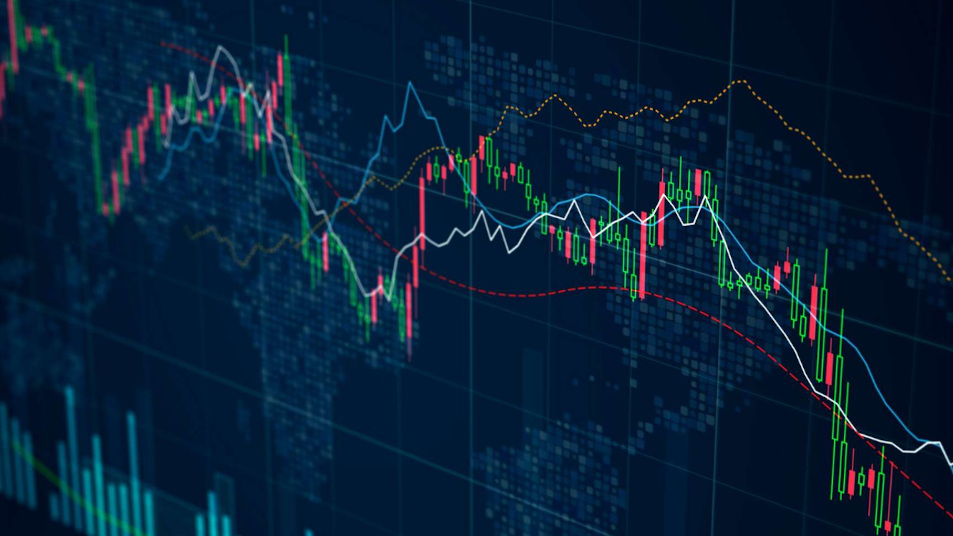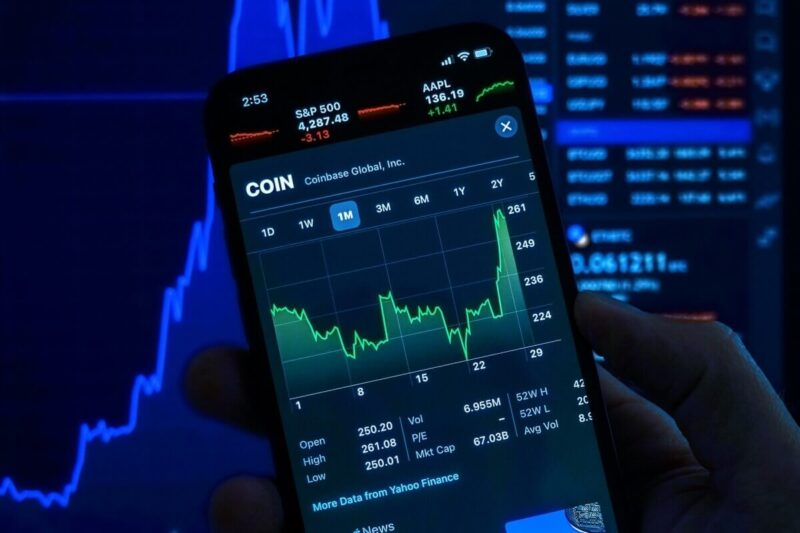In the dynamic world of finance, where fortunes can be made or lost in the blink of an eye, the allure of trading simulators has captivated both novice and seasoned traders alike. These sophisticated digital platforms promise a risk-free environment to practice strategies, hone skills, and build confidence.
But as the question looms larger—can these simulators truly replicate the chaotic pulse of real-world trading? While they offer the comforts of a controlled setting, complete with real-time market data and analytics, the intricacies of human emotion, unexpected news, and market volatility remain elusive. As we delve deeper into this topic, we will explore the benefits and limitations of trading simulators, examining whether they serve as effective preparation tools or merely provide a false sense of security in the unpredictable theater of the financial markets.
Introduction: The Rise of Trading Simulators

In recent years, trading simulators have surged in popularity, evolving from niche tools into essential platforms for both novice and seasoned traders alike. These digital realms offer a unique opportunity to experiment with strategies without the high stakes of the real market, allowing users to refine their skills in a risk-free environment.
As technology permeates every aspect of our lives, aspiring traders are drawn to the immersive experiences these simulators provide—complete with live market data and the simulation of actual trading conditions. Yet, beneath the surface of this promising convenience lies a critical question: can a virtual experience, like a market replay simulator, truly emulate the unpredictable and often chaotic nature of real market trading? In exploring the nuances of trading simulators, we venture into an intricate landscape, one that merges education with a hint of realism, suggesting that the journey from simulation to genuine market involvement is fraught with challenges that go beyond just practice.
Understanding Trading Simulators: A Brief Overview

Trading simulators serve as intriguing tools, allowing aspiring traders to immerse themselves in the financial markets without the high stakes of real money. At their core, these virtual platforms replicate the intricacies of trading by providing users with access to real-time data and a variety of assets, from stocks to cryptocurrencies.
Users can experiment with different strategies, analyze market trends, and learn from both victories and missteps. However, while these simulations can mimic market dynamics, they may not fully capture the psychological pressures that arise when actual money is on the line.
Thus, while trading simulators can offer valuable insights and foundational knowledge, the journey from virtual trading to real market engagement requires more than just practice—it demands a readiness to navigate the emotional rollercoaster that accompanies financial decision-making.
Benefits of Using Trading Simulators for Beginners

Trading simulators offer a treasure trove of benefits for beginners, serving as a safe haven in the often tumultuous sea of the financial markets. Imagine stepping into the shoes of a seasoned trader, where every decision you make comes devoid of real-world consequences.
With these simulators, novices can experiment with different strategies, from day trading to long-term positions, all while tracking their performance in real-time. This hands-on experience not only cultivates a deeper understanding of market dynamics but also helps develop invaluable skills such as risk management and emotional regulation.
Moreover, as users navigate through simulated market fluctuations, they become increasingly adept at interpreting data, reading charts, and making informed decisions. In essence, trading simulators do more than just replicate trading environments; they imbue beginners with the confidence and knowledge needed to transition seamlessly into actual trading, equipped to tackle the challenges that lie ahead.
Conclusion
In conclusion, while trading simulators can provide valuable insights and practical experience, they cannot fully replicate the dynamics of real market conditions. Traders can benefit from the controlled environment these simulators offer, particularly with advanced features like market replay simulators, which enhance the learning experience by allowing users to practice with historical data.
However, the emotional and psychological elements of trading—such as risk management, decision-making under pressure, and responding to unexpected market movements—can only be truly understood in a live trading context. Therefore, while trading simulators are an excellent tool for education and skill development, aspiring traders should complement their simulation practice with real-world experiences to ensure they are well-prepared for the complexities and challenges of the actual market.


